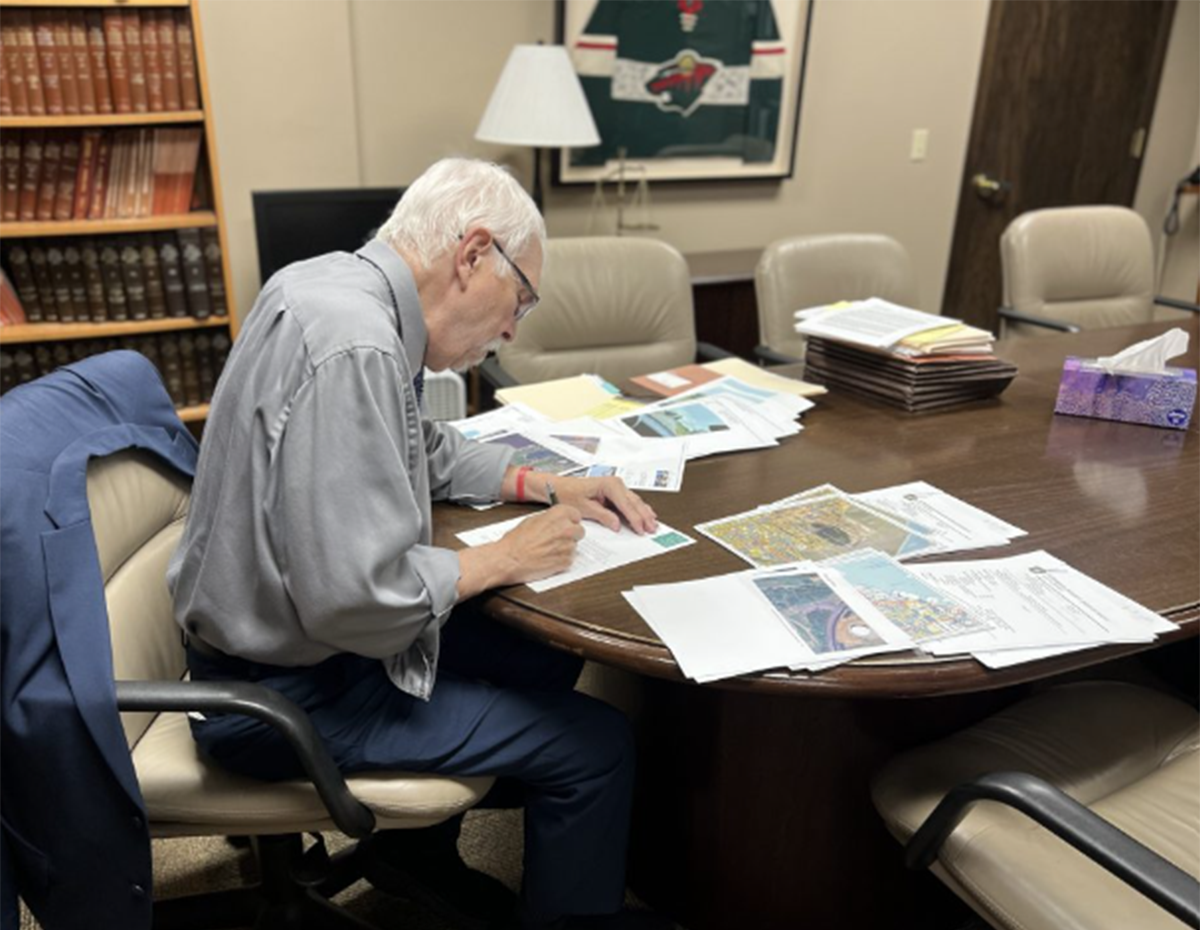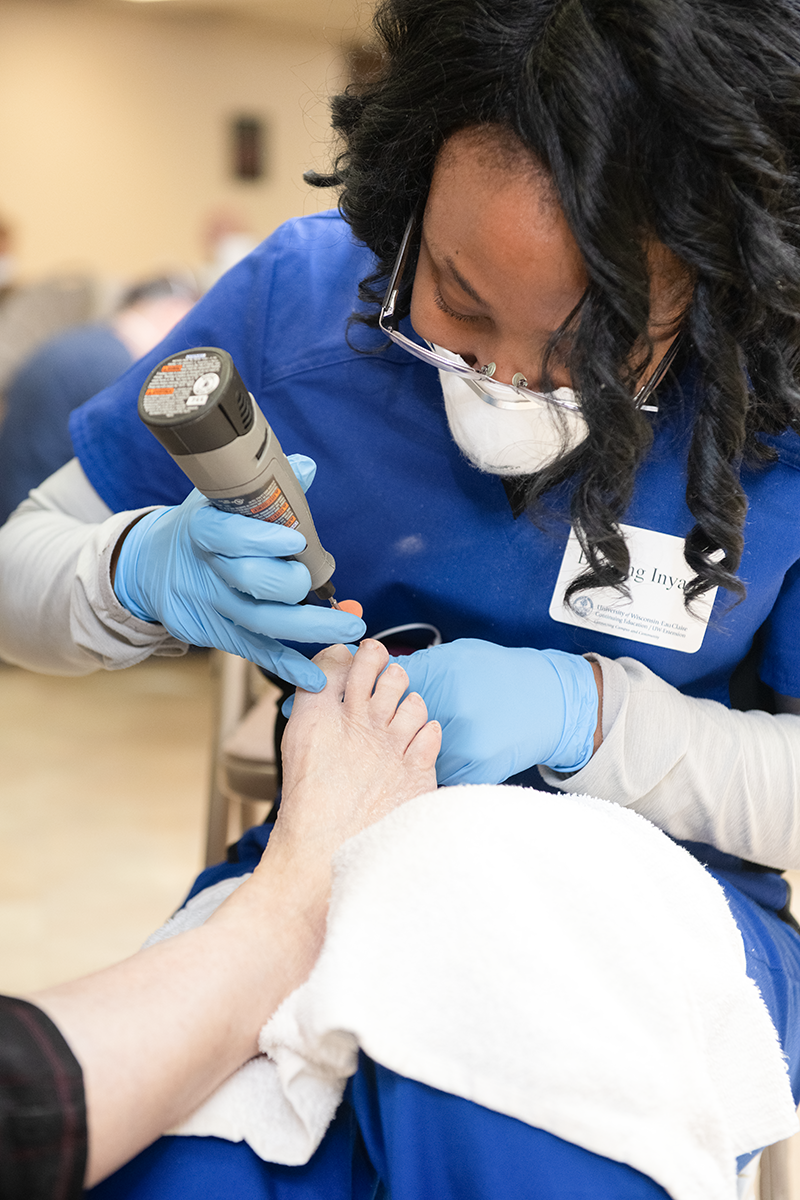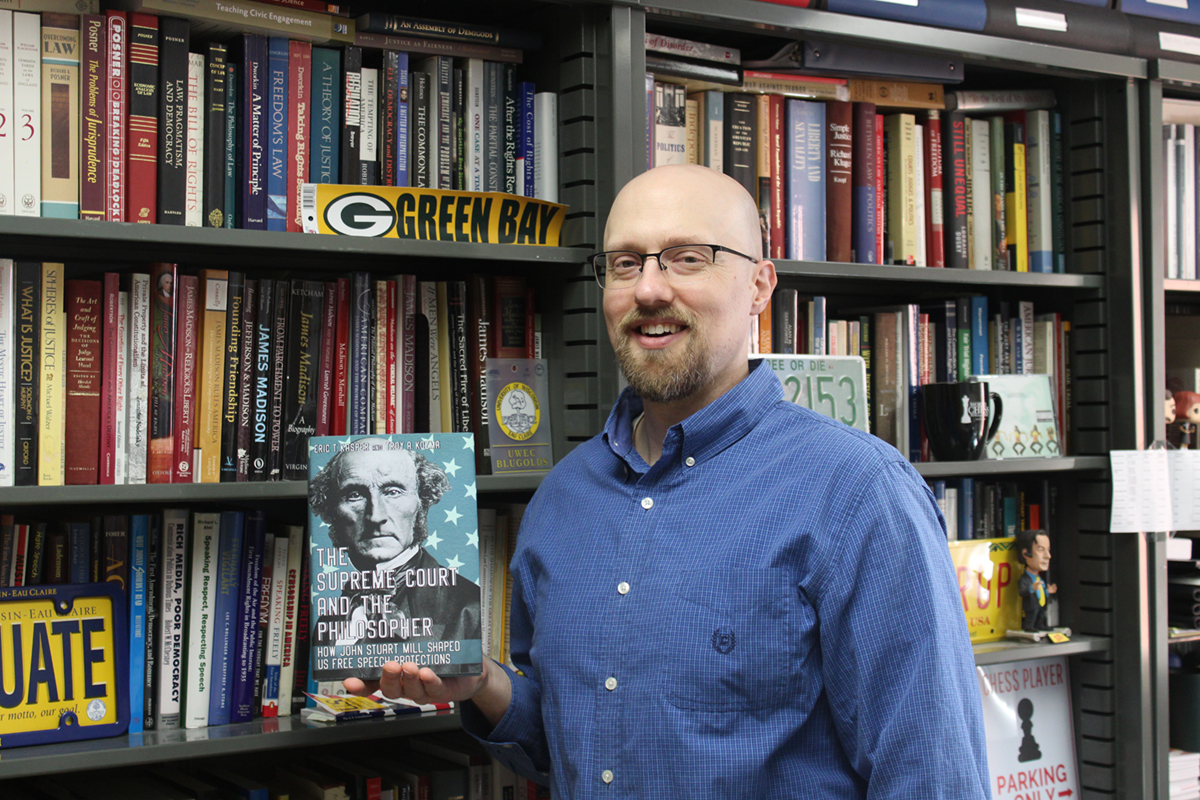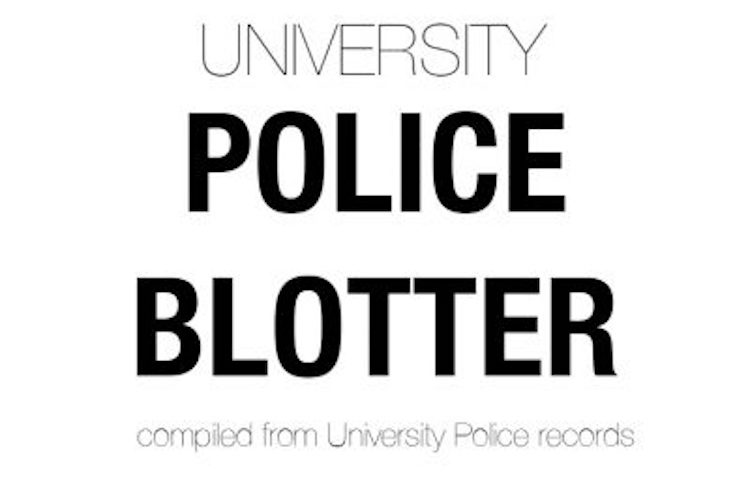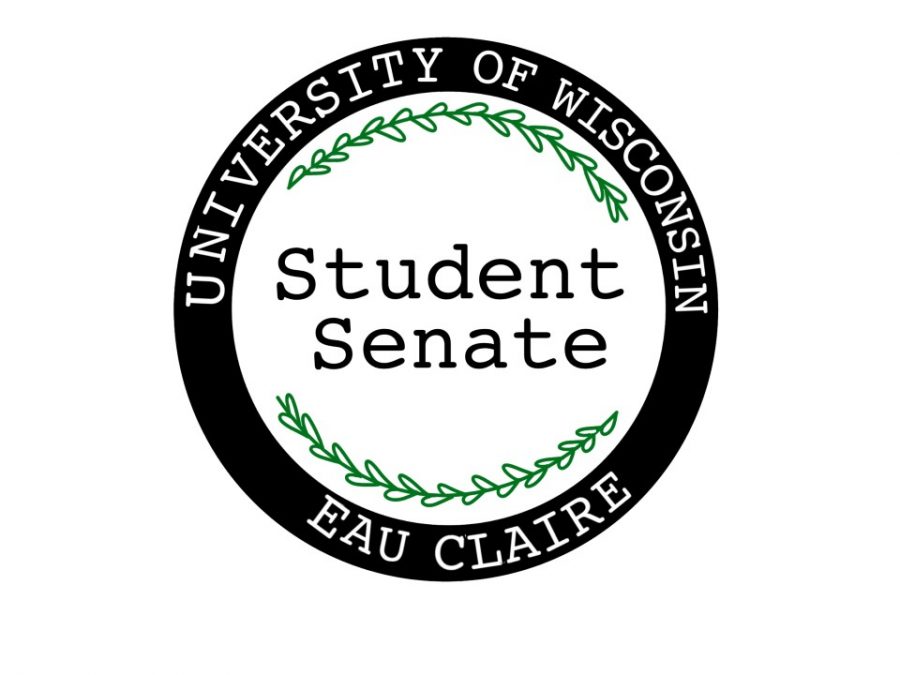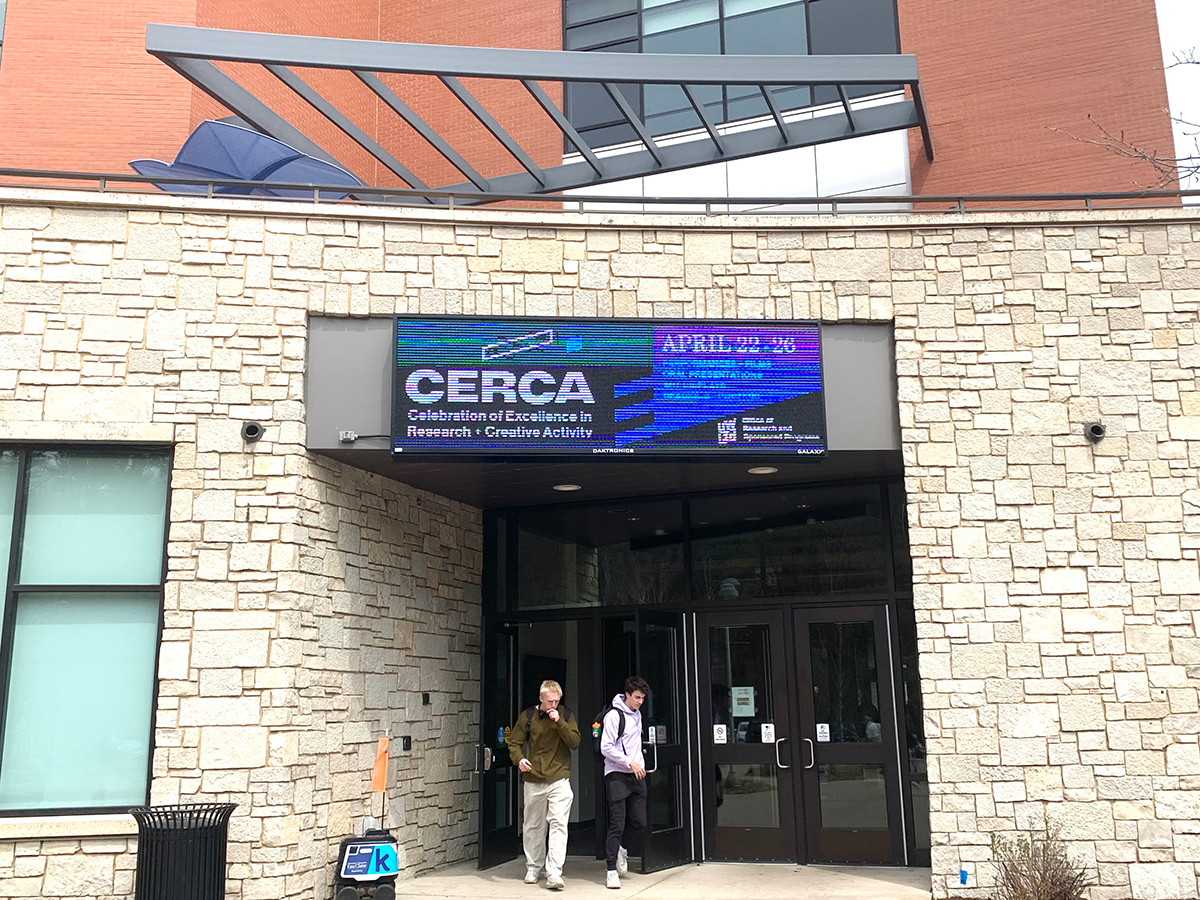Hibbard lecture halls, rooms 101 and 102, were a mess of dirt and concrete in the spring, but now that the dust has settled, they are ready to hold classes.
The 1999-2001 budget set aside funds for the refurbishment of the lecture halls to allow for updated technology and a better seating design.
“These were some of the best construction projects we’ve ever had,” said Stephen J. Horner, director of Facilities Planning.
Horner oversaw the physical construction planning portion of this project. His responsibilities included drafting a new design for the seating and the electrical wiring in the halls.
Updates in the seating plan allow for more elbow room and the seats are able to rotate 360 degrees to aid in communication for group work.
These changes reduced the number of seats in the rooms, but the design is more comfortable for those with classes in the rooms.
The floor plan also improves the acoustics in the rooms and conforms to the newest Americans with Disabilities Act standards.
The changes in the halls also includes technological improvements.
The old data projection systems and screens weren’t as good as what the faculty needed.
Some students couldn’t see images and text, which became a reason to update the projection system and install larger screens.
Technology in the lecture halls was decided by reviewing the problems that the faculty encountered while teaching in the rooms.
Faculty and staff met with facilities planning and the Teaching and Learning Technology Development Center, formerly known as the Media Lab.
Rooms that benefit the most students and can accommodate a larger screen are then given greater consideration for improvement than classrooms with limited possibilities.
After all the plans are reviewed and budgeted for, construction proceeds.
Chancellor Donald Mash said the university tries to time the major construction projects for times when students won’t need the facilities being updated, but due to the timing of budgeting and other projects, some projects impede on school time.
Mash said the projects are not cosmetic, but designed for greater student comfort and providing better learning resources through preventative maintenance for proper functioning.

